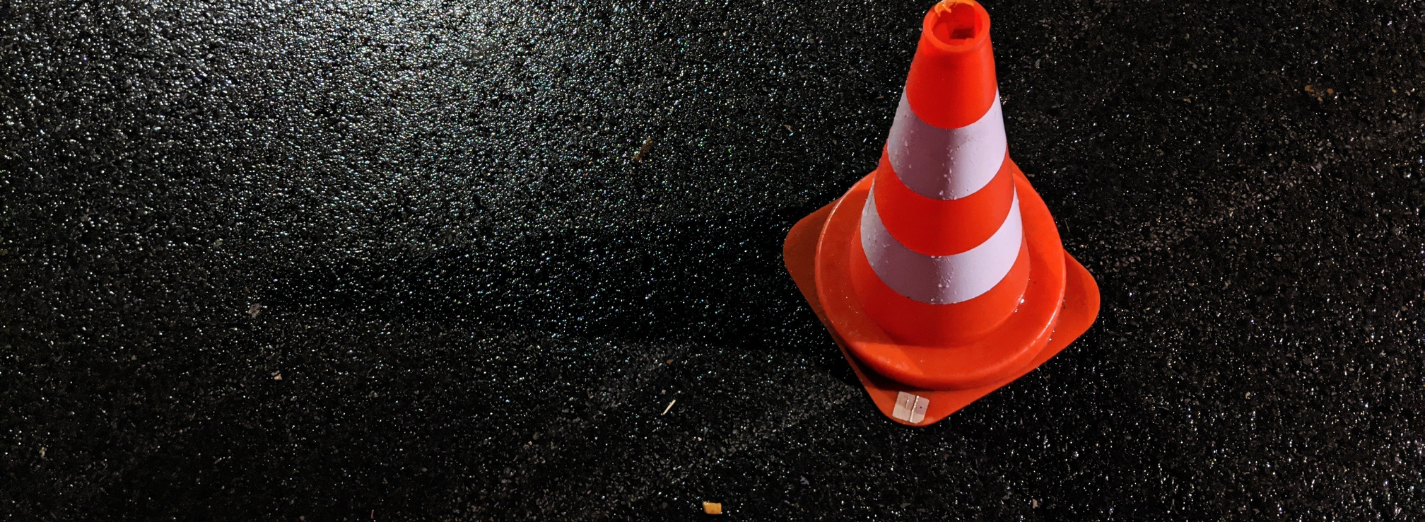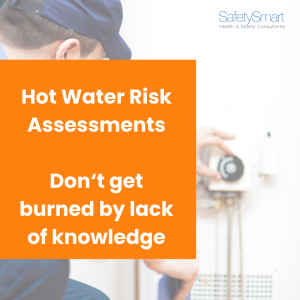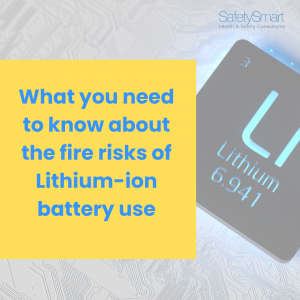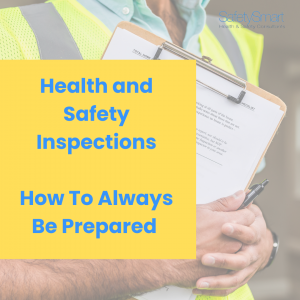Common Risk Assessment Mistakes
12th July 2021 Posted in Blogs

Everyone knows that a Risk Assessment is a legal requirement but how many of us are actually getting it right. Much more than a tick in a box, risk assessment is the basis of effective safety management, but it’s easy to overlook crucial steps and make mistakes in the process.
Here are some of the most common mistakes and how to avoid them:
Have you chosen the right person for the job?
Anyone completing a risk assessment must be competent to do so. Competence can be defined as those with the necessary Knowledge, Ability, Training and Experience (KATE) to identify hazards and implement sensible, proportionate solutions. It’s possible to upskill someone from your own organisation but where high risk is involved always choose a professional.
Have you acted upon any findings from last time?
Were there things you needed to improve upon during your last risk assessment? Have you done these things? can you prove what measures you’ve put in place? If a previous risk assessment recommends action then you must take it.
Is it a team effort?
You are legally obliged to consult your staff as part of risk assessments, but beyond that, it’s just good sensible practice. You’re much more likely to have the support of and see the implementation of rules and measures if people are involved in the process. Risk assessment isn’t just about ticking boxes, make it a collaborative exercise.
Are you following correct guidelines and standards?
Have things changed since your last risk assessment? are you fully aware of the legislation with which your business must comply? Many hazards have their own specific rules and regulations which you must be aware of and adhere to.\
Have you considered how someone may become injured?
Hazard and risk are often used interchangeably. The hazard is something that can cause harm such as moving machinery whilst the risk is how somebody could come to harm for example getting an arm trapped. The machinery might also present other risks and so you must be clear about each of these in your assessment.
Are you up to date?
Guidance often advises that risk assessments are annual – but they should be carried out whenever something changes or you are alerted to the presence of a new hazard.
This can be the introduction of new equipment or use of new chemicals or substances, changes to the level of risk such as staff turnover or high incidence of sickness or changes for your employees which directly impact their role such as pregnancy.
Download your SMART RESOURCE Here for more advice on Risk Assessments
Resource Hub

Smart Resource: Hot Water Risk Assessments

Smart Resource: What you need to know about the fire risks of Lithium-ion battery use

Smart Resource: How to always be prepared for H&S Inspections

Smart Resource: UK School Closures What you need to know
Request A Call!
Want a free no-obligation consultation? Fill in the form below and we'll give you a call!